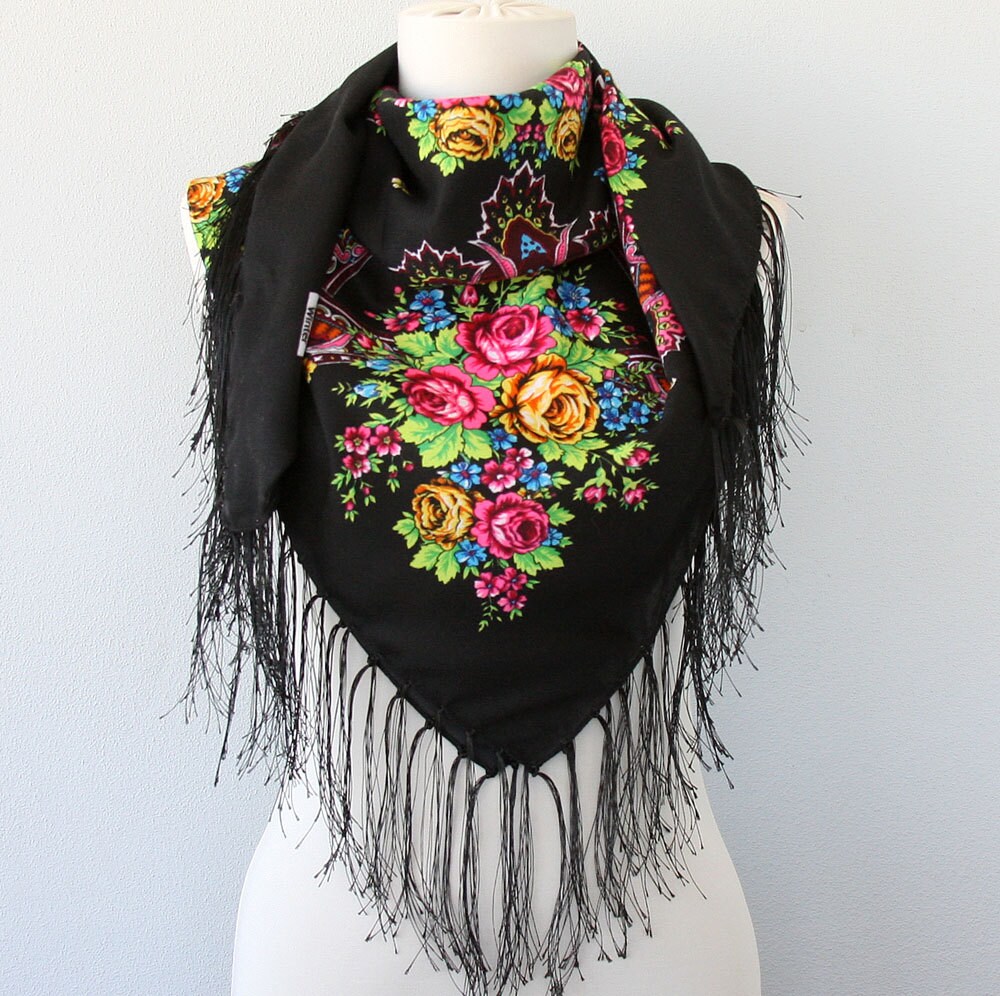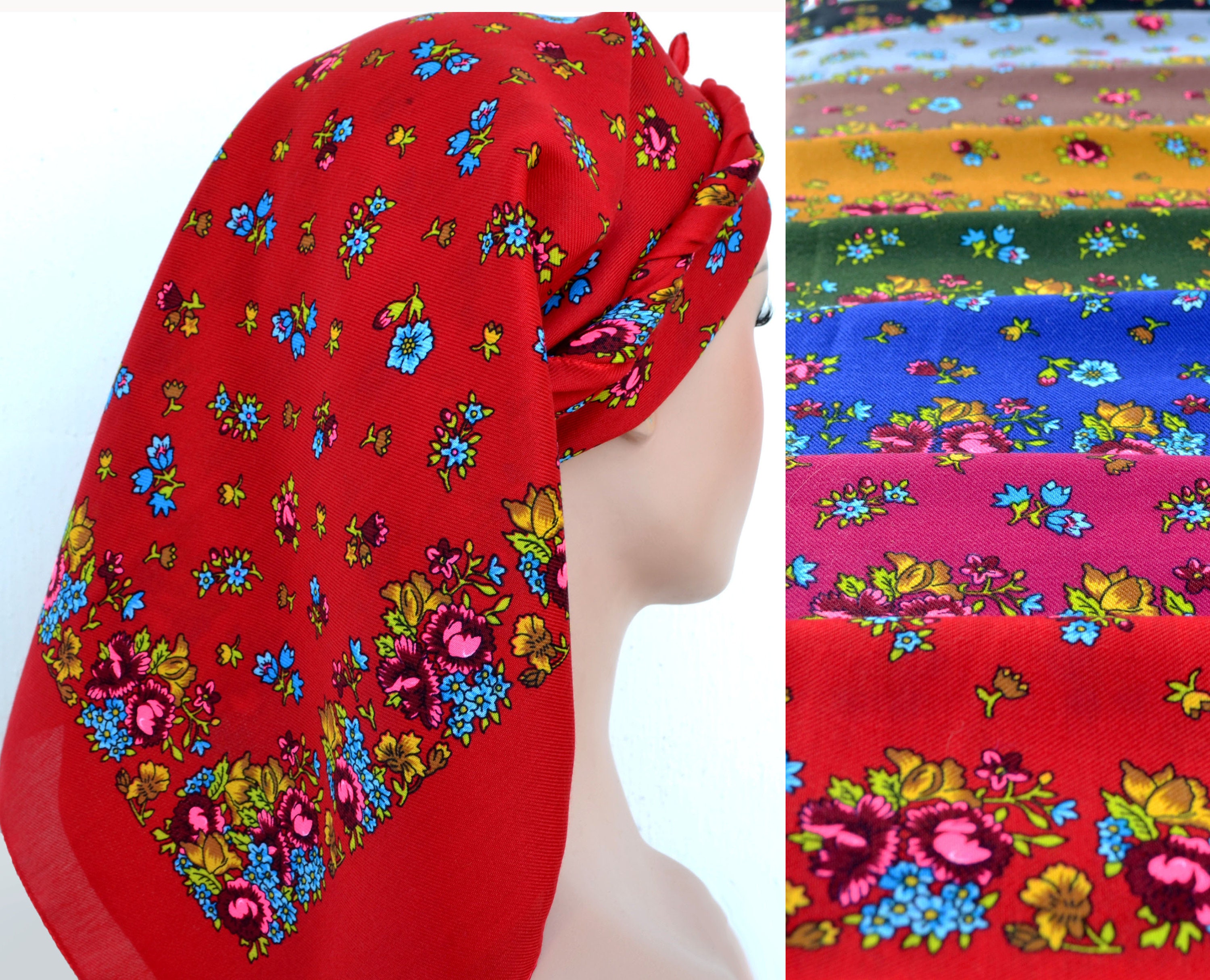

But with regard to the man, it is no longer about covering but about wearing long hair, that he so forms his discourse. And not even with this only was he content, but he added again, saying, "The woman ought to have a sign of authority on her head, because of the angels." He signifies that not at the time of prayer only but also continually, she ought to be covered.

Wherefore also having said, "Every woman that prayeth or prophesieth with her head unveiled, dishonoureth her head," he stayed not at this point only, but also proceeded to say, "for it is one and the same thing as if she were shaven." But if to be shaven is always dishonourable, it is plain too that being uncovered is always a reproach. "For every man," saith he, "praying or prophesying, having his head covered, dishonoureth his head." But the woman he commands to be at all times covered. Well then: the man he compelleth not to be always uncovered, but only when he prays. 347 – 407) delineated Saint Paul's teaching, explaining that Christian women should wear a cloth headcovering all the time in view of Saint Paul's comparison of a woman not wearing a veil to being shaven, which he states is "always dishonourable": The Early Church Father John Chrysostom ( c. Christian headcovering with an opaque cloth veil was the practice of the early Church, being universally taught by the Church Fathers and practiced by Christian women throughout history since then, continuing to be the ordinary practice among Christians in many parts of the world, such as Romania, Russia, Ukraine, Ethiopia, India, Pakistan, and South Korea. The Christian Bible, in 1 Corinthians 11:4–13, instructs women to wear a headcovering, while men are to pray and worship with their head uncovered. The Kohanim (priests) also cover their heads and shoulders with the tallit during the priestly blessing, so as to conform to Halakah which states that the hands of the priests should not be seen during this time as their mystical significance to the hand position.Ī Christian woman in Russia wearing a shawl while reading the Bible. It also may not apply to the entire prayer service, sometimes only specific sections such as the Amidah. The Tallit is commonly worn by Jewish men especially for prayers, which they use to cover their head in order to recite the blessings, although not all men do this. Many married Orthodox Jewish women wear a headscarf ( mitpahat or tichel), snood, turban, or shpitzel to cover their hair. Judaism, under Halakhah (Jewish Law), promotes modest dress among women and men. Headscarves may specifically have a religious significance or function, or be expected as a matter of social custom, the two very often being confused. It is worn primarily by Muslim women for religious purposes, and its style varies by culture. Ī form of headscarf, known as the hijab, is commonly seen in Muslim countries and is born out of qur'anic tradition. For Eastern Orthodox Christians, headscarves are traditionally worn by women while attending the church, and historically, in the public too though in certain localities this has waned. Among Anabaptist Christians, this often takes the form of a kapp or hanging veil-being worn throughout the day. The Bible, in 1 Corinthians 11:4–13, enjoins women to wear a headcovering.

They are still, though, common in many rural areas of Eastern Europe as well as many areas of the Middle East and the Indian subcontinent. In recent decades, headscarves, like hats, have fallen out of favor in Western culture. Until the latter 20th century, headscarves were commonly worn by women in many parts of the Europe, Southwestern Asia, North Africa, and the Americas, as well as some other parts of the world. Headscarves are now mainly worn for practical, cultural or religious reasons. Headscarves may be worn for a variety of purposes, such as protection of the head or hair from rain, wind, dirt, cold, warmth, for sanitation, for fashion, recognition or social distinction with religious significance, to hide baldness, out of modesty, or other forms of social convention. Elizabeth II wearing a headscarf with Ronald Reagan, 1982.


 0 kommentar(er)
0 kommentar(er)
